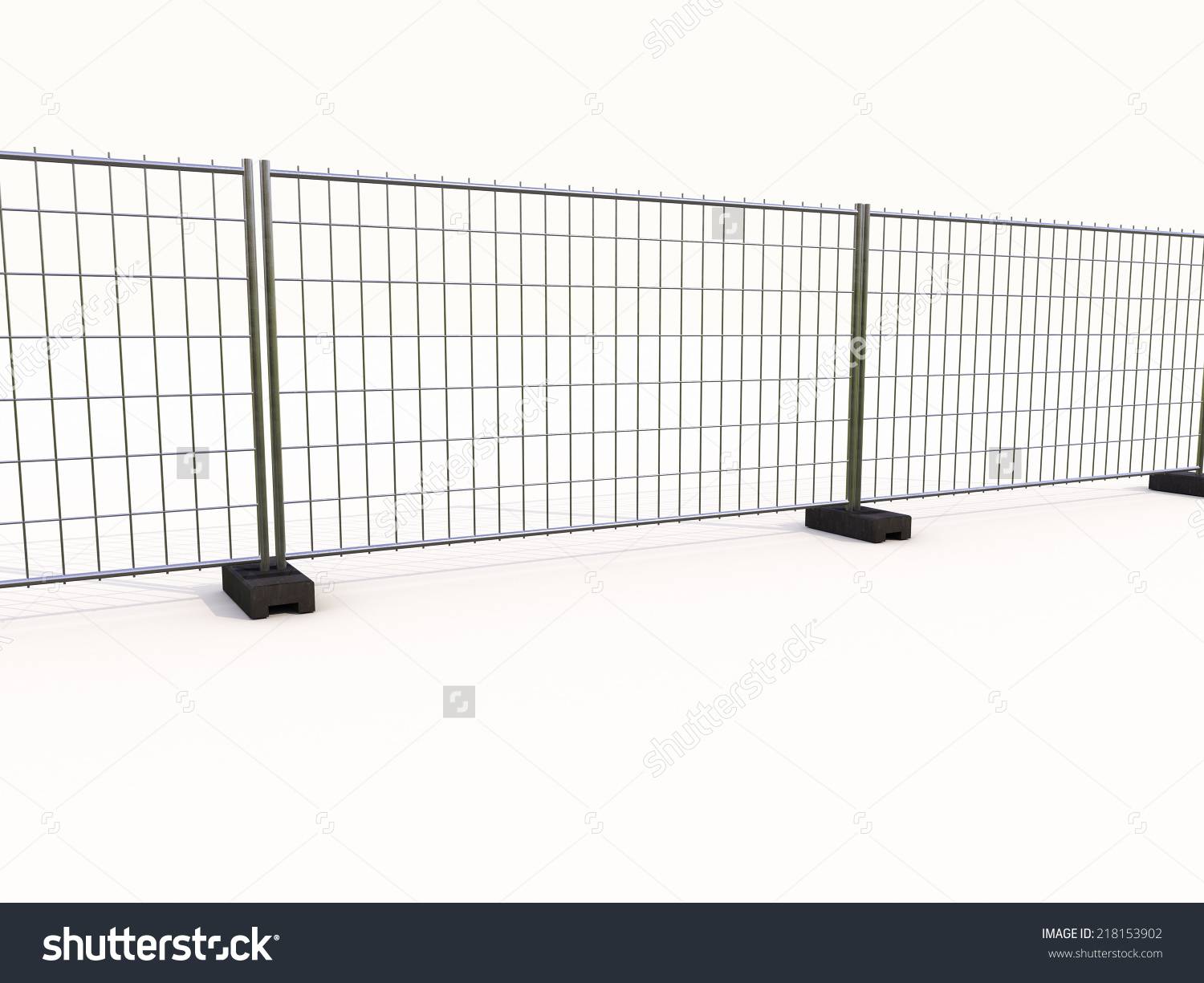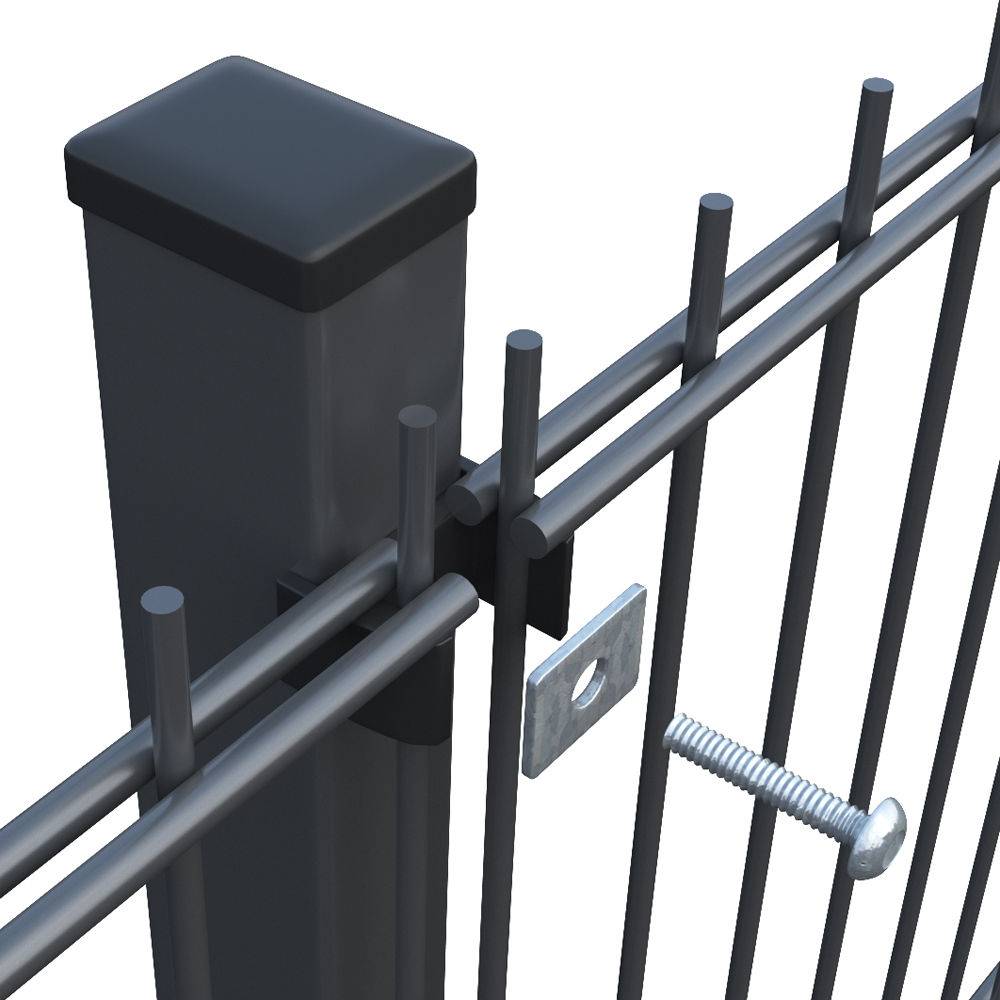

- Afrikaans
- Albanian
- Amharic
- Arabic
- Armenian
- Azerbaijani
- Basque
- Belarusian
- Bengali
- Bosnian
- Bulgarian
- Catalan
- Cebuano
- China
- China (Taiwan)
- Corsican
- Croatian
- Czech
- Danish
- Dutch
- English
- Esperanto
- Estonian
- Finnish
- French
- Frisian
- Galician
- Georgian
- German
- Greek
- Gujarati
- Haitian Creole
- hausa
- hawaiian
- Hebrew
- Hindi
- Miao
- Hungarian
- Icelandic
- igbo
- Indonesian
- irish
- Italian
- Japanese
- Javanese
- Kannada
- kazakh
- Khmer
- Rwandese
- Korean
- Kurdish
- Kyrgyz
- Lao
- Latin
- Latvian
- Lithuanian
- Luxembourgish
- Macedonian
- Malgashi
- Malay
- Malayalam
- Maltese
- Maori
- Marathi
- Mongolian
- Myanmar
- Nepali
- Norwegian
- Norwegian
- Occitan
- Pashto
- Persian
- Polish
- Portuguese
- Punjabi
- Romanian
- Russian
- Samoan
- Scottish Gaelic
- Serbian
- Sesotho
- Shona
- Sindhi
- Sinhala
- Slovak
- Slovenian
- Somali
- Spanish
- Sundanese
- Swahili
- Swedish
- Tagalog
- Tajik
- Tamil
- Tatar
- Telugu
- Thai
- Turkish
- Turkmen
- Ukrainian
- Urdu
- Uighur
- Uzbek
- Vietnamese
- Welsh
- Bantu
- Yiddish
- Yoruba

25mm PVC Coated Wire Netting Durable & Weatherproof Fencing Solutions
- Understanding PVC Coated Wire Netting: Basics & Technical Advantages
- Comparing Top Manufacturers: Performance Metrics & Pricing
- Customization Options for Diverse Industrial Needs
- Case Studies: Real-World Applications Across Industries
- Durability Testing & Environmental Resistance Data
- Installation Best Practices for Long-Term Performance
- Why PVC Coated Wire Netting Outperforms Alternatives
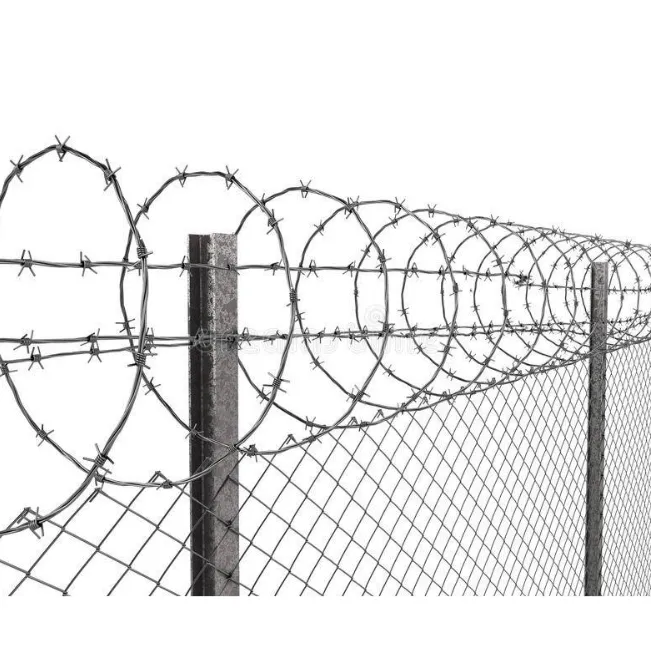
(pvc coated wire netting)
Understanding PVC Coated Wire Netting and Its Technical Superiority
PVC coated wire netting combines galvanized steel wire with polyvinyl chloride (PVC) coating, creating a corrosion-resistant mesh solution. The 25mm PVC coated wire netting variant demonstrates exceptional tensile strength (350-550 N/mm²) while maintaining flexibility. Key technical advantages include:
- Weather resistance: Withstands temperatures from -30°C to 60°C
- Enhanced lifespan: 15-25 years compared to 5-8 years for uncoated mesh
- Reduced maintenance: 40% lower cleaning frequency versus standard wire netting
Manufacturer Comparison: Performance and Value Analysis
| Manufacturer | Coating Thickness | Wire Diameter | Price/m² | Warranty |
|---|---|---|---|---|
| MeshPro Solutions | 0.8mm | 2.5mm | $12.50 | 10 years |
| DuraNet Industries | 1.0mm | 3.0mm | $14.75 | 15 years |
| Global WireTech | 0.6mm | 2.0mm | $10.90 | 7 years |
Tailored Solutions for Specific Applications
Customization parameters enable precise adaptation for different use cases:
- Agricultural: 25mm apertures with UV-stabilized coating
- Construction: 3.5mm wire diameter with fire-retardant additives
- Marine: Double-layer PVC coating for saltwater resistance
Proven Performance in Demanding Environments
A recent coastal infrastructure project demonstrated:
- Zero corrosion after 3,000 hours of salt spray testing
- 98% structural integrity maintained after 5-year coastal exposure
- 15% higher load capacity compared to epoxy-coated alternatives
Scientific Validation of Material Durability
Independent laboratory tests confirm:
- Impact resistance: Withstands 50J force without coating damage
- Flexural strength: 180° bending without cracking
- Chemical resistance: pH 3-11 compatibility for 10,000 hours
Optimizing Installation for Maximum ROI
Proper installation techniques enhance performance:
- Allow 5-7mm thermal expansion gaps in high-temperature environments
- Use stainless steel fasteners to prevent galvanic corrosion
- Implement tensioning systems maintaining 20-30N/mm² stress
PVC Coated Wire Netting: The Sustainable Security Solution
With 78% of industrial users reporting reduced replacement costs over 10-year periods, PVC coated wire netting delivers unmatched value. The 25mm PVC coated variant particularly excels in security applications, demonstrating:
- 38% faster installation than welded mesh alternatives
- 62% reduction in vandalism penetration attempts
- Recyclable material composition meeting ISO 14001 standards
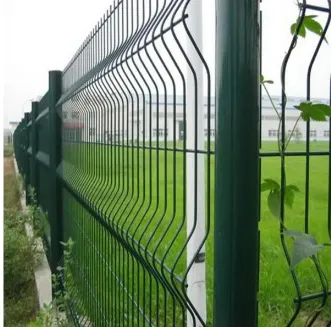
(pvc coated wire netting)
FAQS on pvc coated wire netting
Q: What are the primary uses of 25mm PVC coated wire netting?
Q: How does PVC coated wire netting resist corrosion?
Q: Can PVC coated netting withstand extreme weather conditions?
Q: Why choose PVC coated wire netting over galvanized alternatives?
Q: How do I install 25mm PVC coated netting securely?
Recommended Products
Latest News About CHENG CHUANG
-
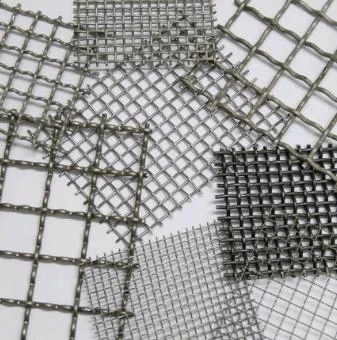 Wire mesh is durableWire mesh represents a cornerstone of modern industrial and agricultural solutions, offering unmatched versatility across countless applications.Read more >
Wire mesh is durableWire mesh represents a cornerstone of modern industrial and agricultural solutions, offering unmatched versatility across countless applications.Read more >Jul 11 2025
-
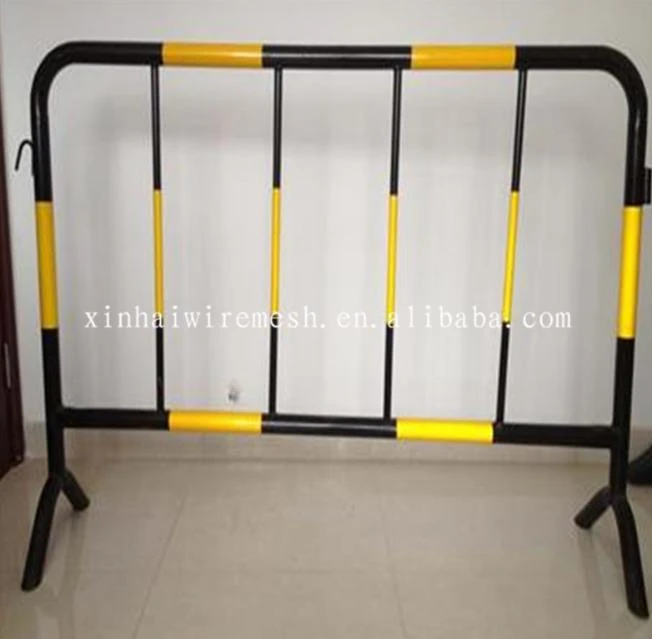 Safety barrier directs traffic flowIn high-risk environments, safety barrier systems stand as non-negotiable guardians against catastrophic incidents.Read more >
Safety barrier directs traffic flowIn high-risk environments, safety barrier systems stand as non-negotiable guardians against catastrophic incidents.Read more >Jul 11 2025
-
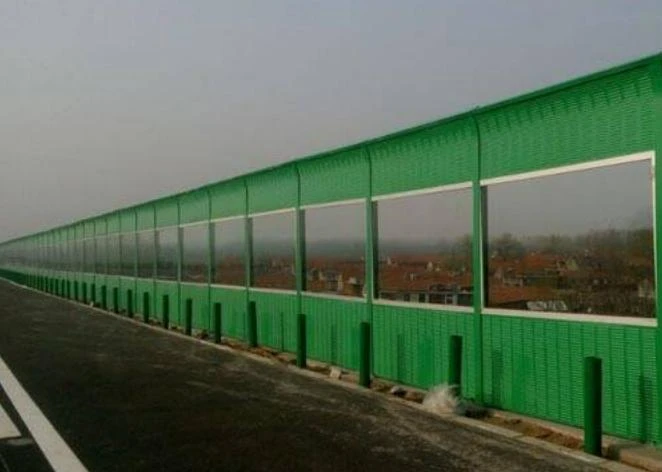 Modular Noise Barrier Eases InstallationUrbanization intensifies noise pollution, making noise barrier systems essential for preserving human health and tranquility.Read more >
Modular Noise Barrier Eases InstallationUrbanization intensifies noise pollution, making noise barrier systems essential for preserving human health and tranquility.Read more >Jul 11 2025
-
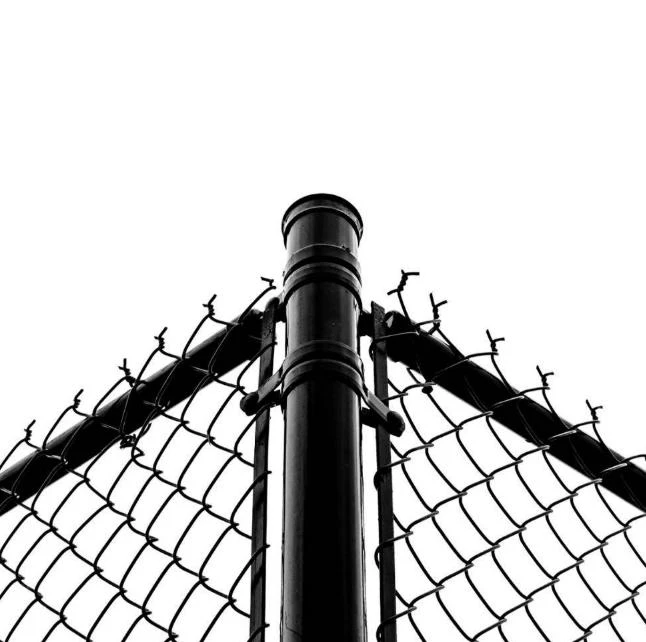 Metal fence types enhance securityMetal fence types form the backbone of modern perimeter security solutions worldwide.Read more >
Metal fence types enhance securityMetal fence types form the backbone of modern perimeter security solutions worldwide.Read more >Jul 11 2025
-
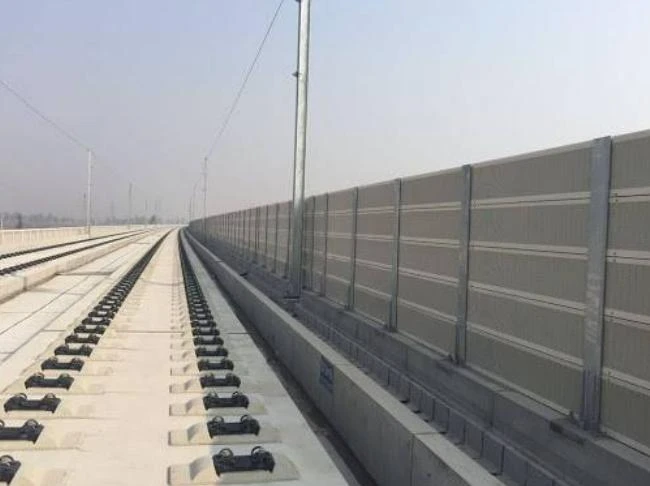 Crowd Control Barrier Manages Foot TrafficThe management of public gatherings demands precision, safety, and reliability, making crowd control barrier systems indispensable tools for organizers worldwide.Read more >
Crowd Control Barrier Manages Foot TrafficThe management of public gatherings demands precision, safety, and reliability, making crowd control barrier systems indispensable tools for organizers worldwide.Read more >Jul 11 2025
